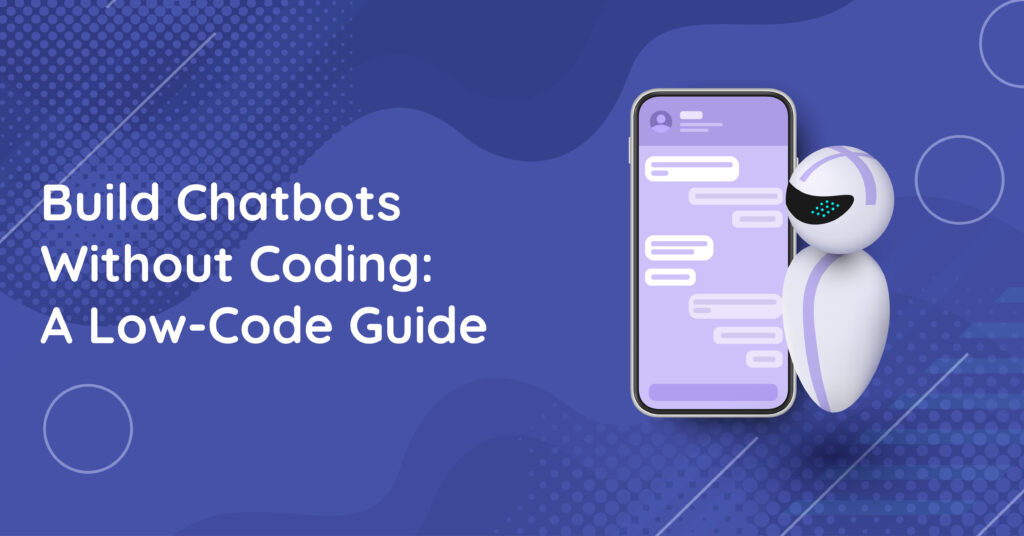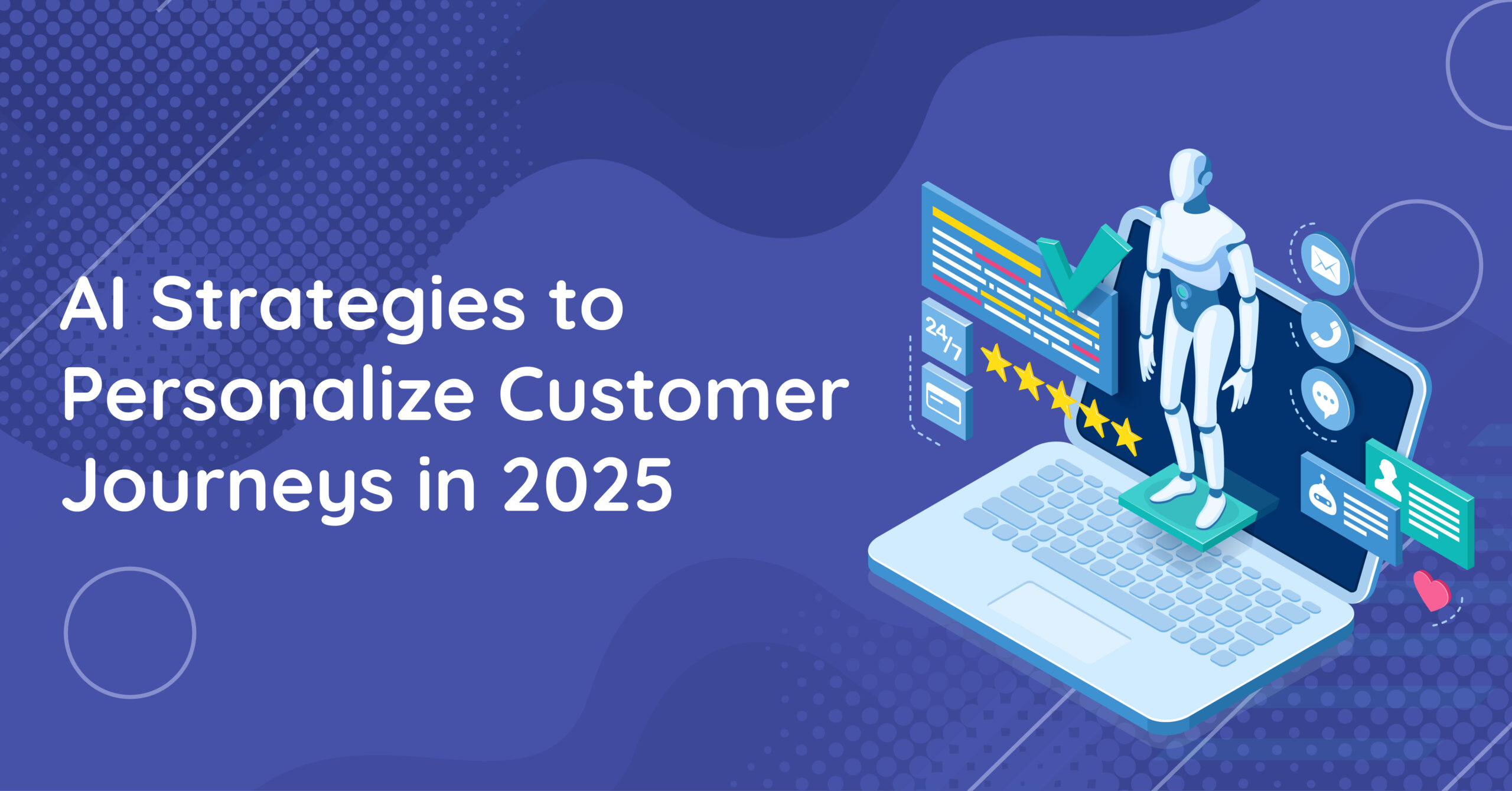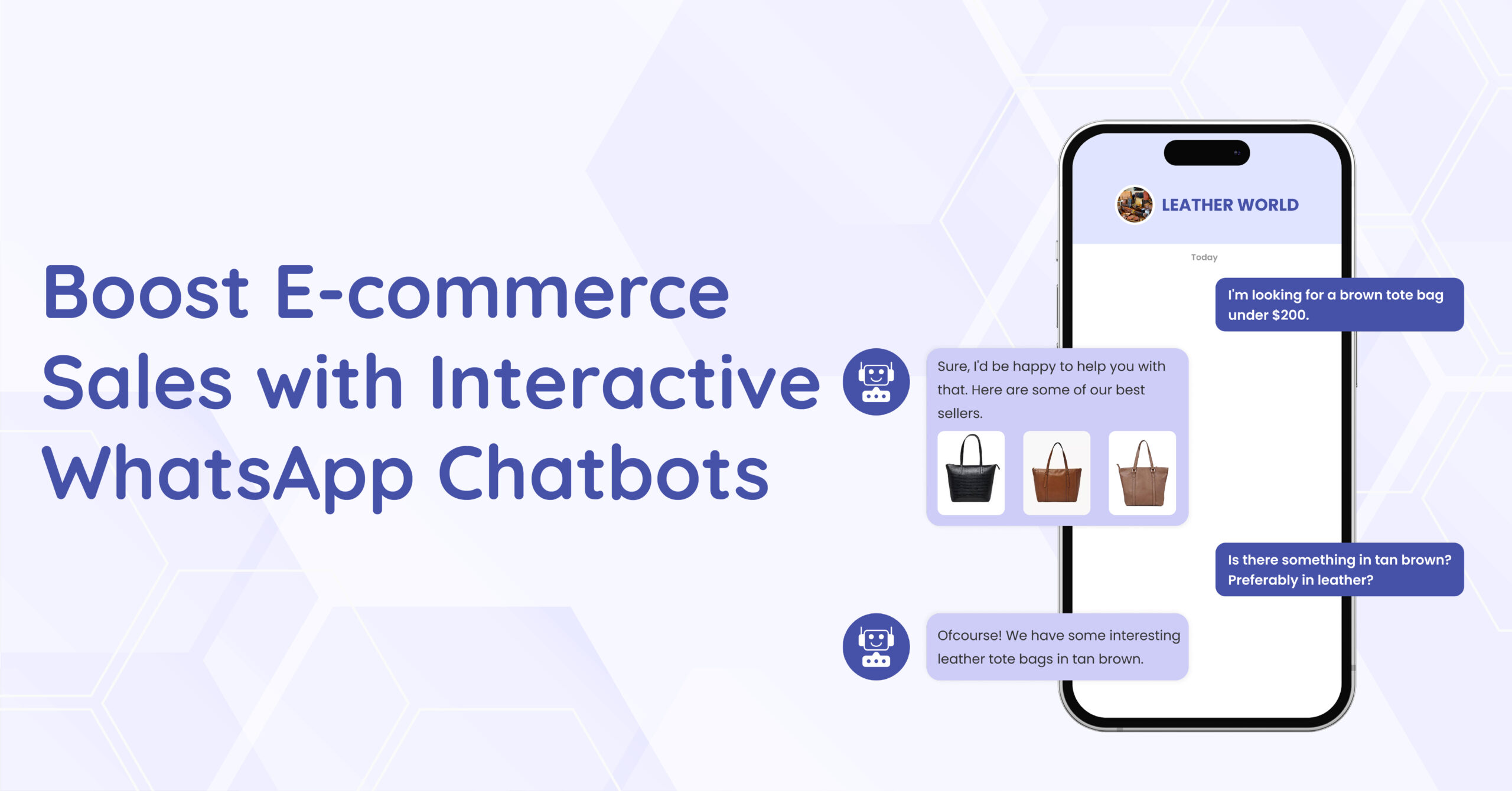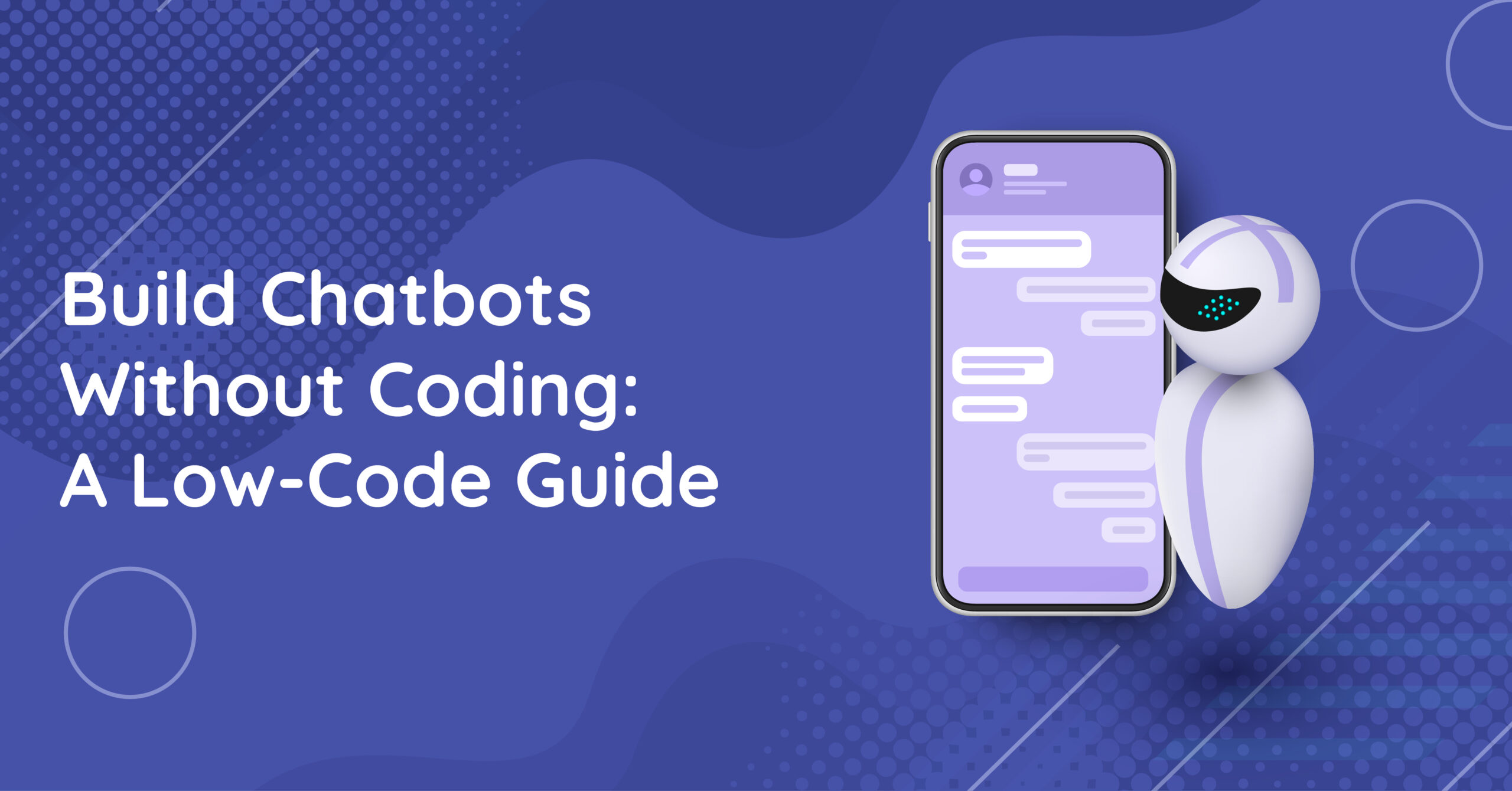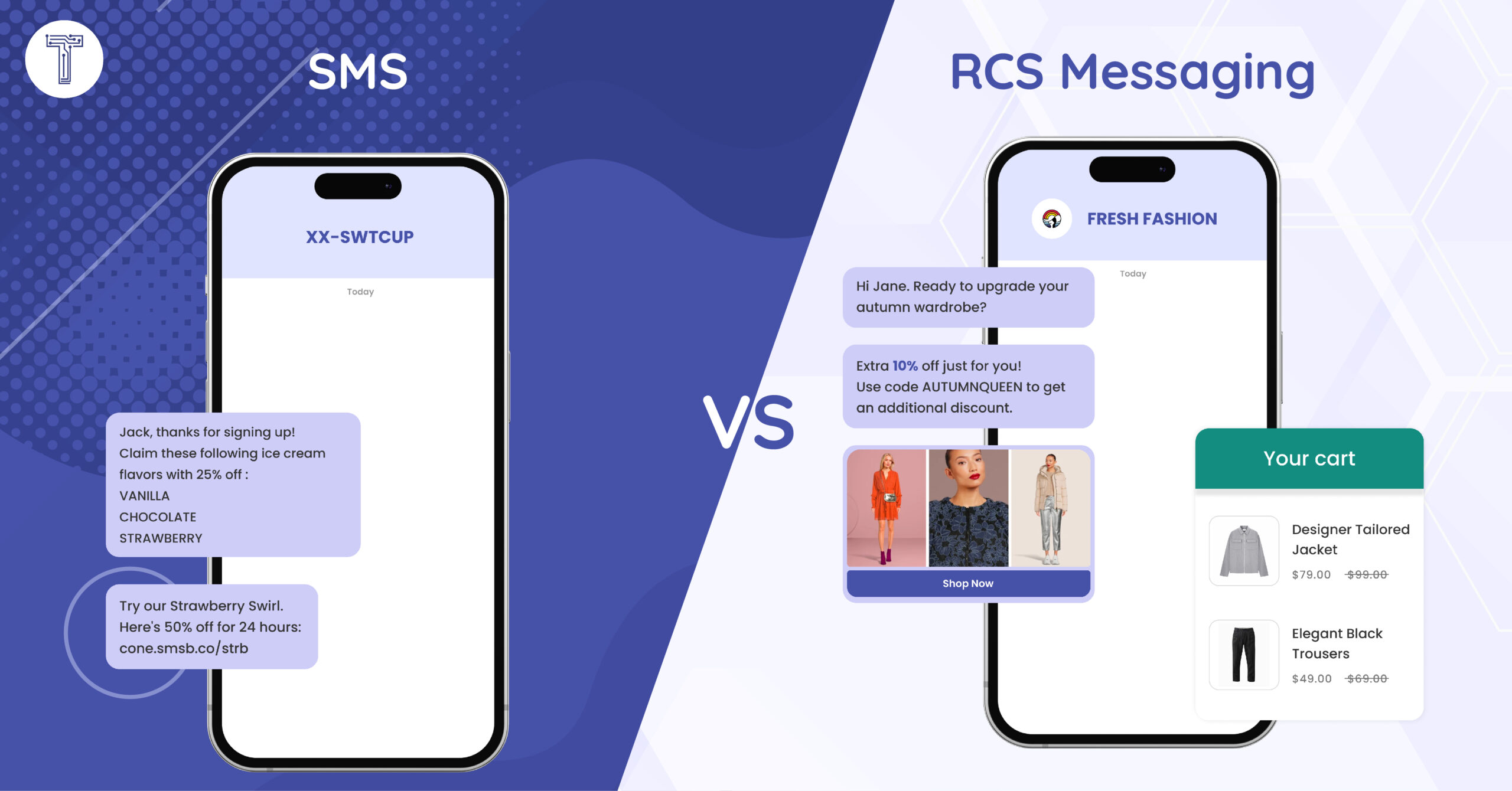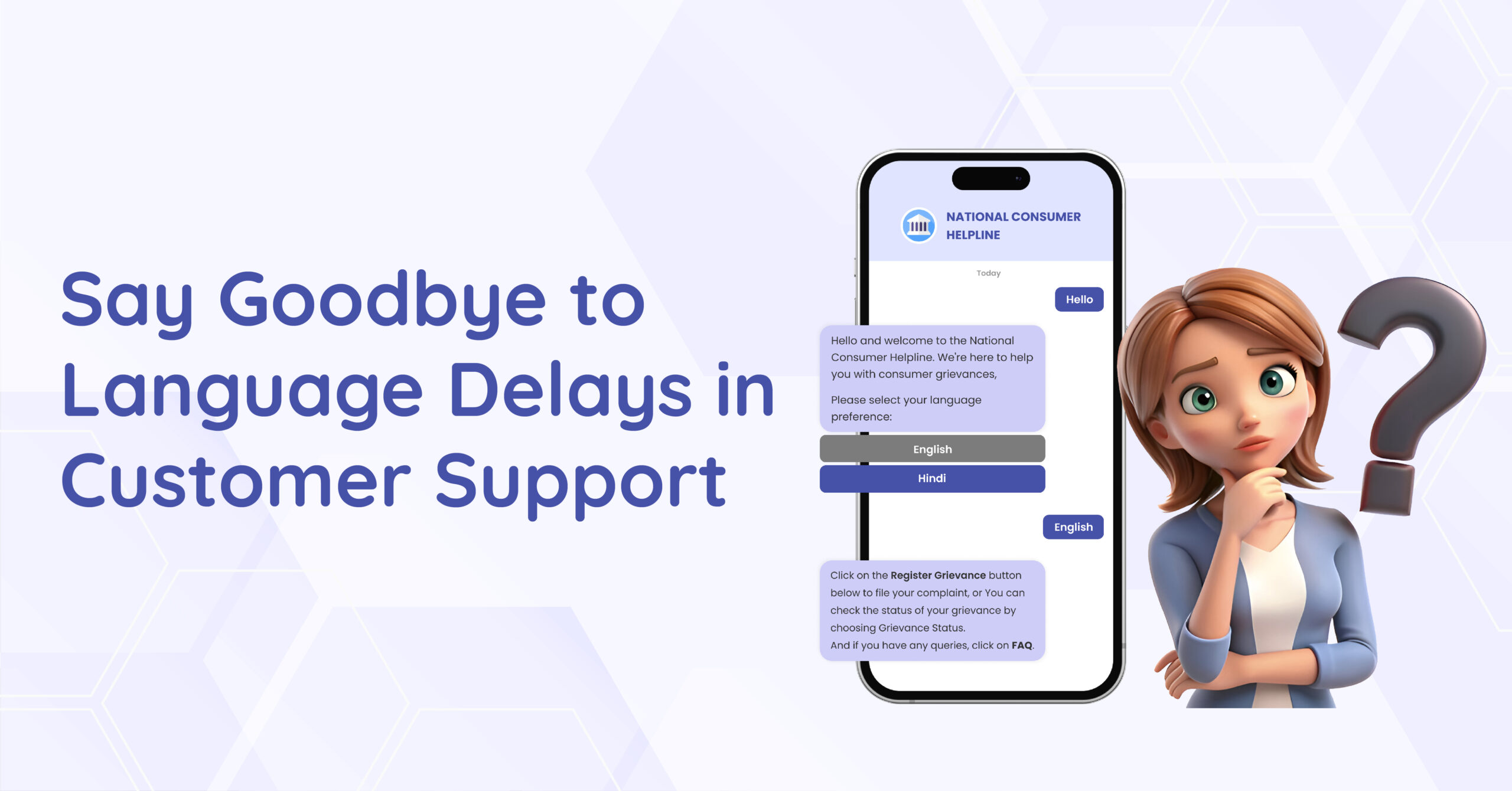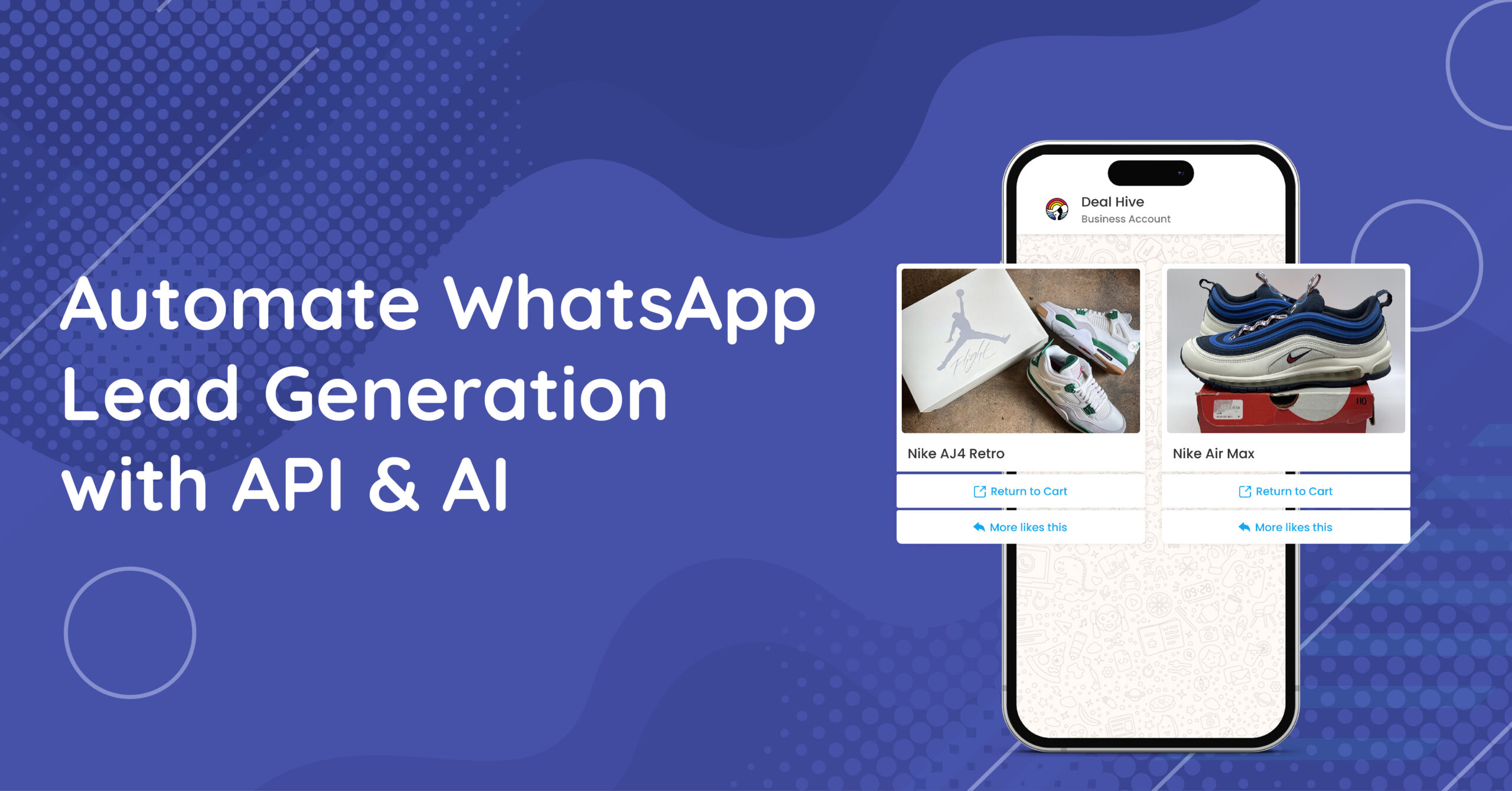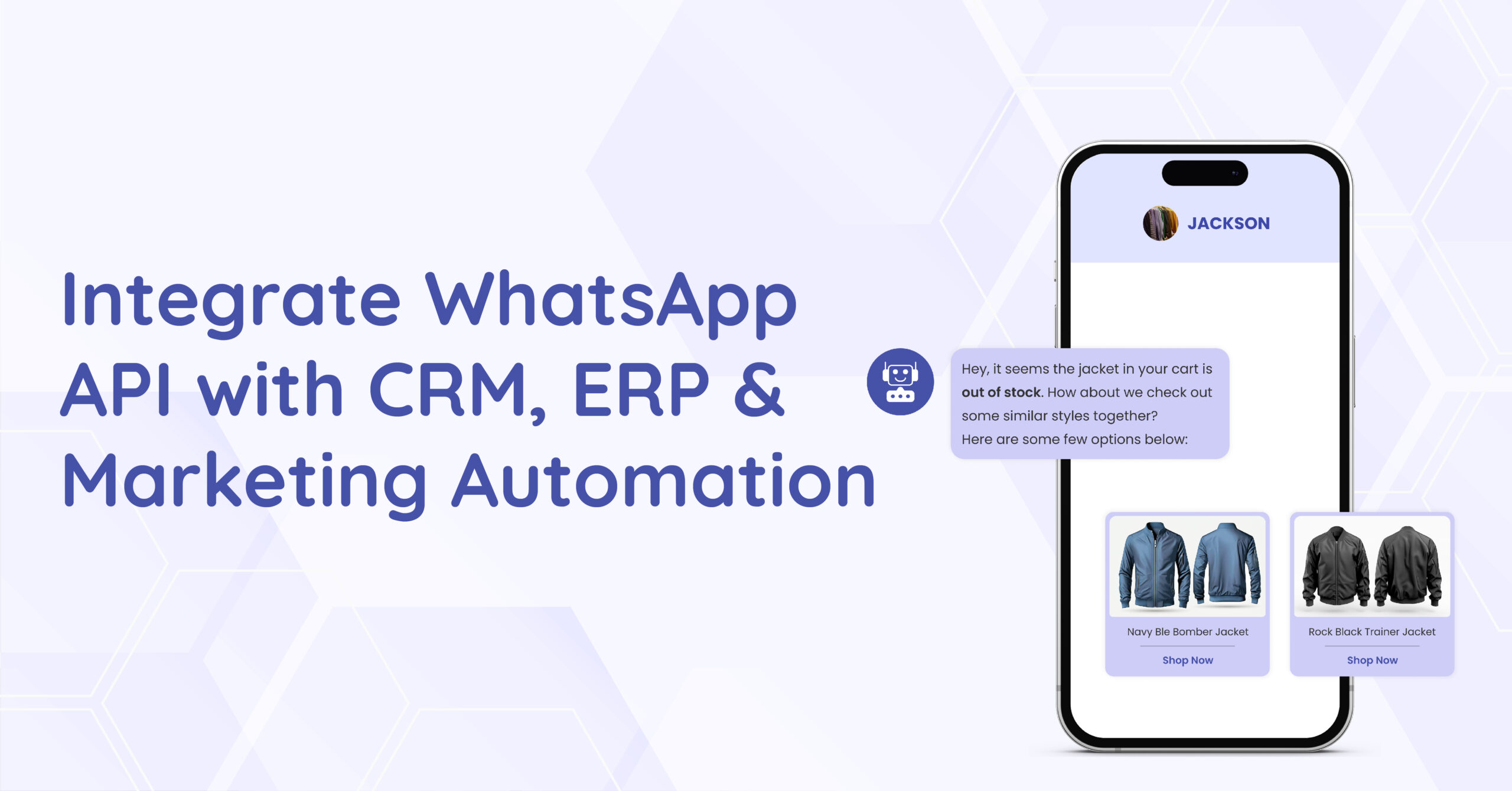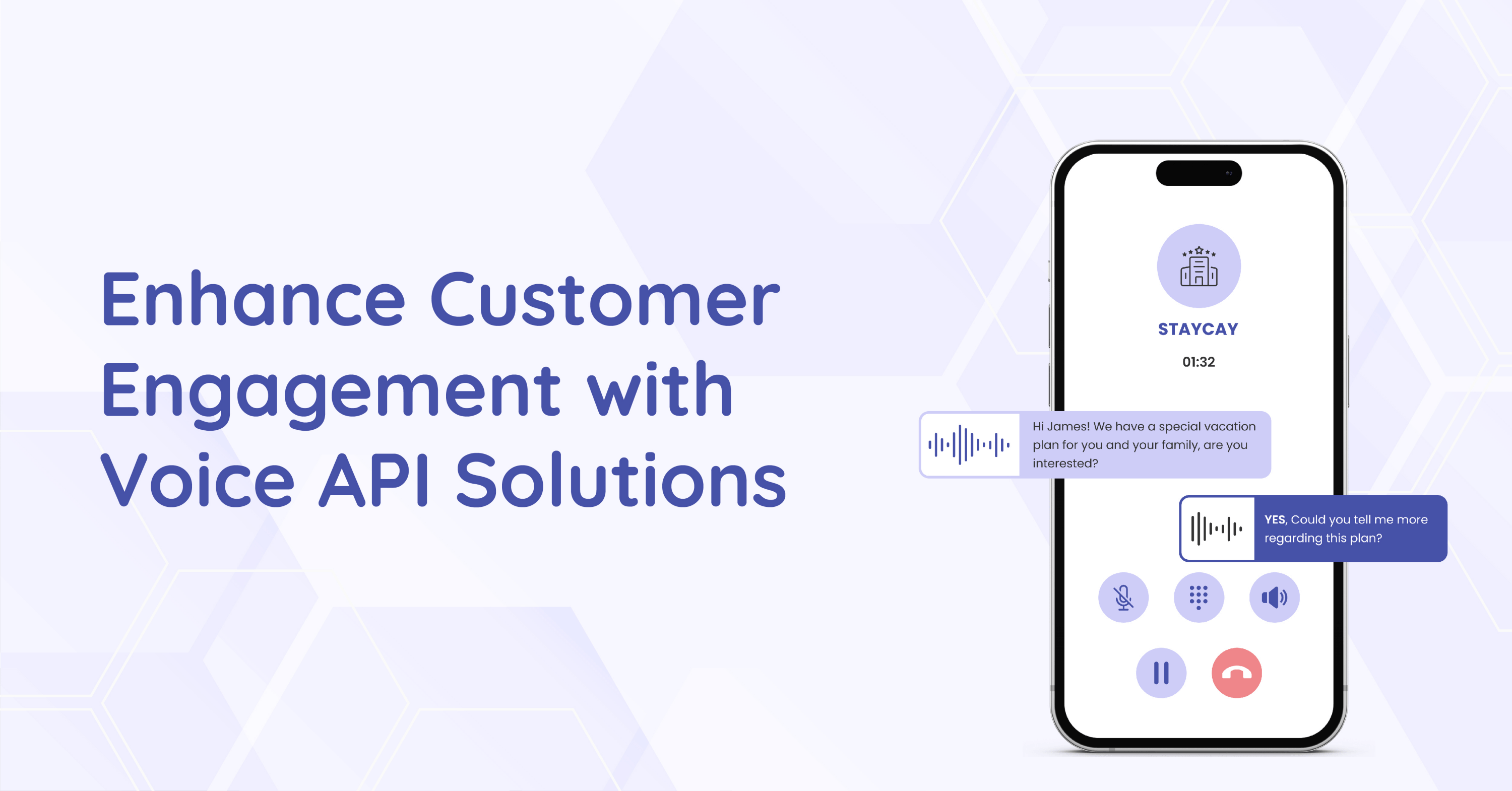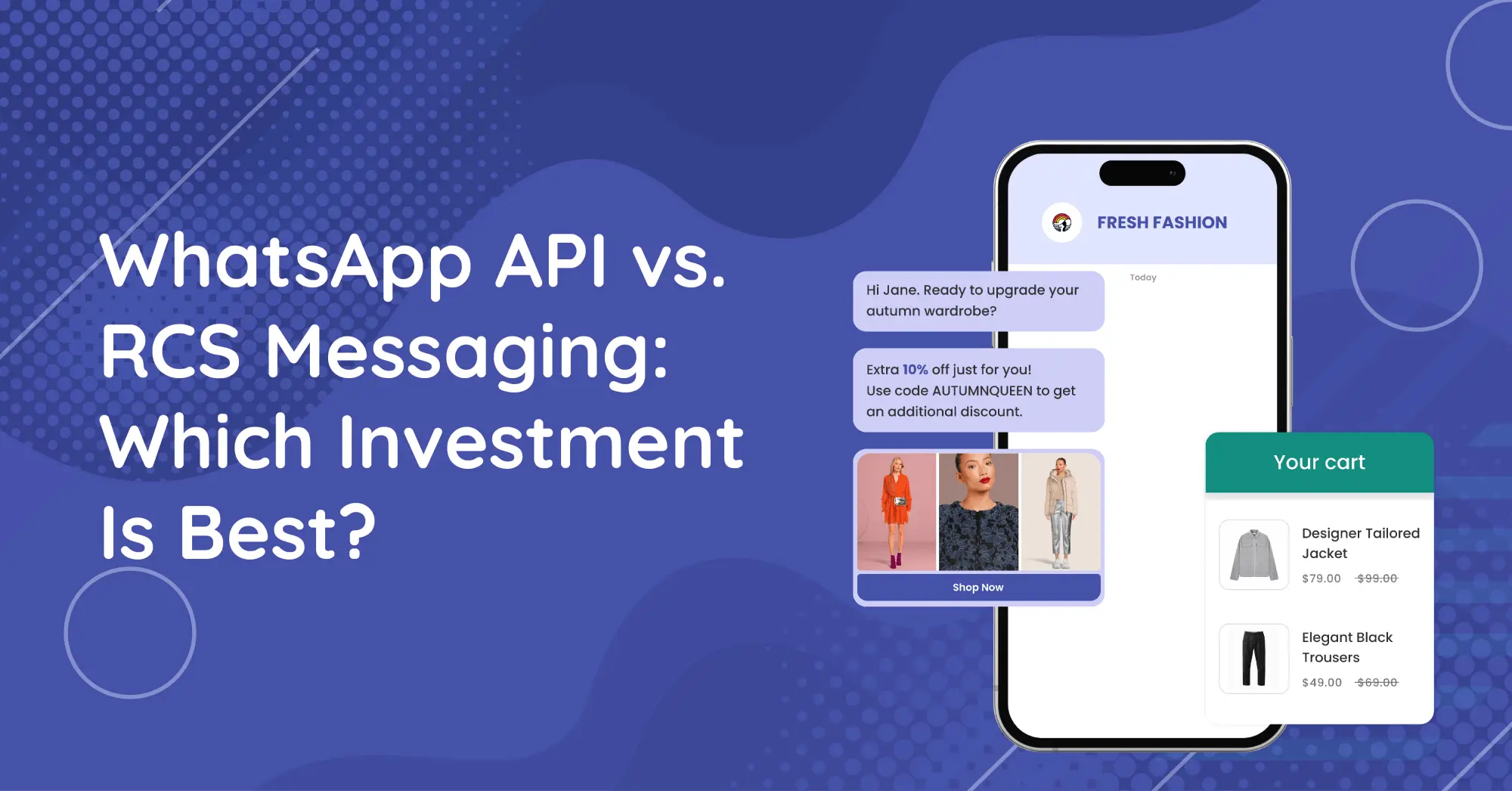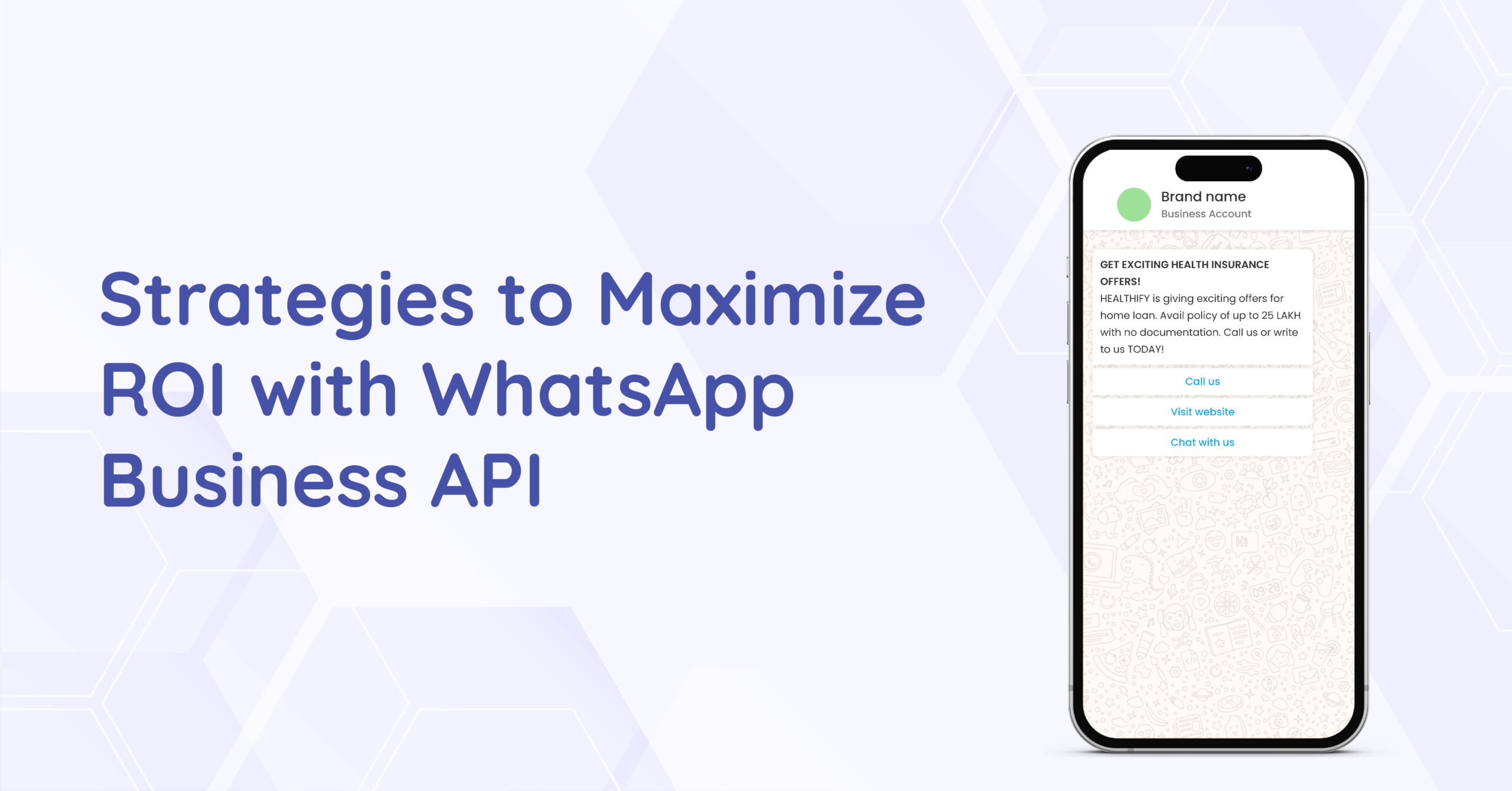You no longer need to be a developer to build an intelligent, fully functional chatbot. Thanks to low-code platforms, businesses of all sizes can create, launch, and manage chatbots without writing a single line of code.
By 2025, no-code chatbot development will play a key role in helping companies move faster and simplify their digital transformation. Whether you’re leading marketing, customer support, or product growth, low-code tools make it easy to experiment, personalize conversations, and improve customer experience, all without waiting on engineering teams.
The Rise of Low-Code and No-Code Chatbot Development
The demand for conversational AI tools has surged, driven by consumers’ expectations for instant, personalized communication. However, traditional chatbot development, with its need for developers, complex code, and ongoing maintenance, made implementation a costly and intimidating task for many businesses.
That’s where low-code automation comes in.
Low-code and no-code platforms are changing the game by offering visual interfaces that let users drag, drop, and configure components without writing any code. These tools empower non-technical teams to create, build, and launch chatbots with ease, making conversational AI accessible to almost every department in the business.
With a low-code chatbot builder, you can design conversation flows, integrate CRMs or payment gateways, and customize chatbot behavior, all through intuitive workflows that require minimal technical expertise.
No-Code vs. Low-Code: What’s the Difference?
Before diving in, it’s important to understand the distinction between no-code and low-code tools:
Feature | No-Code Tools | Low-Code Tools |
Target Audience | Non-technical users (marketers, support teams) | Semi-technical users (product managers, analysts) |
Flexibility | Pre-built templates and drag-and-drop features | Customizable logic and integrations via minimal code |
Speed to Deploy | Fastest | Fast, but may require light scripting |
Use Cases | Simple bots (FAQs, basic workflows) | Complex bots (integrations, logic branching) |
If you’re a beginner or need a bot quickly without touching code, no-code tools are a great fit. If you want more control over logic, data, or integrations, low-code tools offer the flexibility without needing full-scale development.
Why Businesses are Choosing to Build Chatbots Without Coding
Businesses are increasingly turning to no-code chatbot development, and speed is a major factor. Traditional development could take weeks or months to launch a chatbot. With low-code tools, however, companies can prototype, test, and deploy bots in just days or even hours.
Flexibility is another key benefit. As customer needs shift, businesses can quickly adjust chatbot interactions without starting from scratch. Marketing teams can update promotions, customer service teams can refine FAQs, and sales teams can launch lead-gen campaigns, all without needing developers.
On top of that, adopting no-code platforms helps reduce operational costs. By empowering internal teams to handle chatbot projects, businesses can cut down on expenses for specialized developers, freeing up resources for other initiatives.
Features You Can Expect from a Low-Code Chatbot Builder
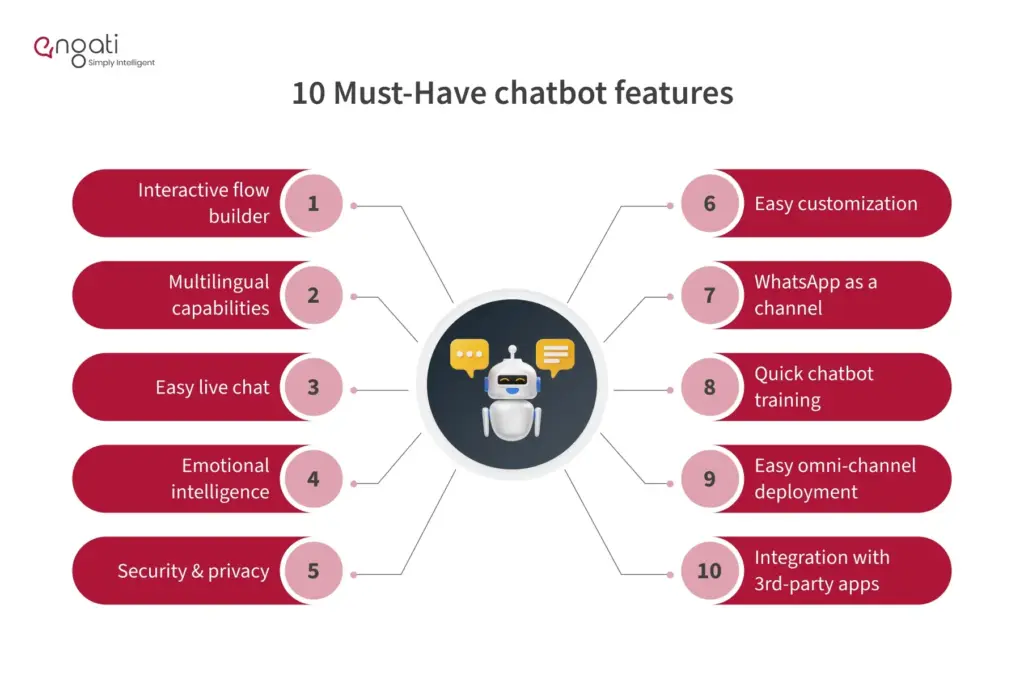
A sophisticated low-code chatbot builder isn’t just about offering a drag-and-drop experience. It’s about empowering users with advanced capabilities without overwhelming them.
Modern platforms often include:
- Pre-built templates for customer support, lead generation, order tracking, and more.
- Natural Language Processing (NLP) tools that help bots understand user intents.
- Omnichannel deployment, allowing businesses to launch bots on websites, WhatsApp, Facebook Messenger, and other platforms simultaneously.
- Third-party integrations with CRMs, ticketing systems, e-commerce platforms, and payment systems.
- Analytics dashboards to measure performance metrics like conversation drop-off points, conversion rates, and user satisfaction.
With the right platform, organizations can create highly sophisticated bots that don’t just answer questions but guide users through personalized journeys, complete transactions, and even predict user needs based on historical interactions, all with low-code automation.
For example, Landbot offers a clean, drag-and-drop interface where users can design chatbots like they’re mapping out a conversation flowchart. It’s especially popular for marketing, lead-gen, and customer support.
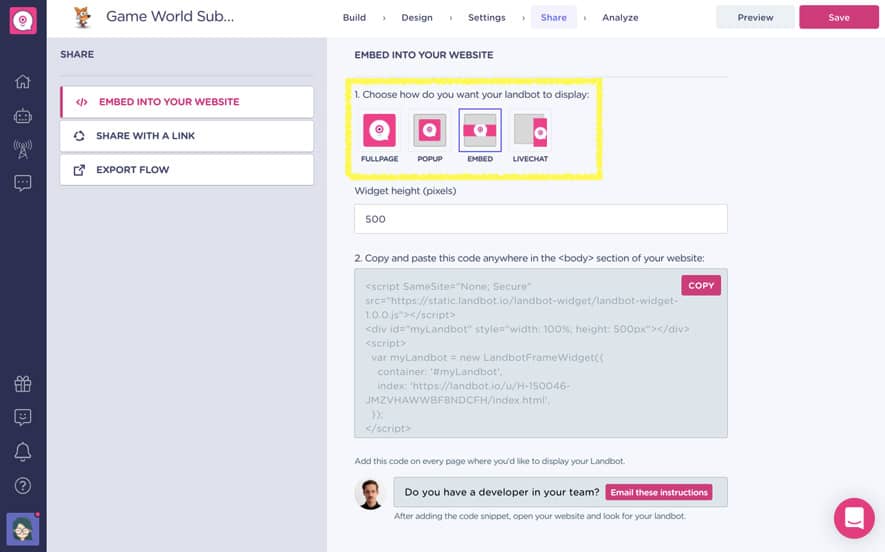
Common Use Cases for No-Code Chatbot Development
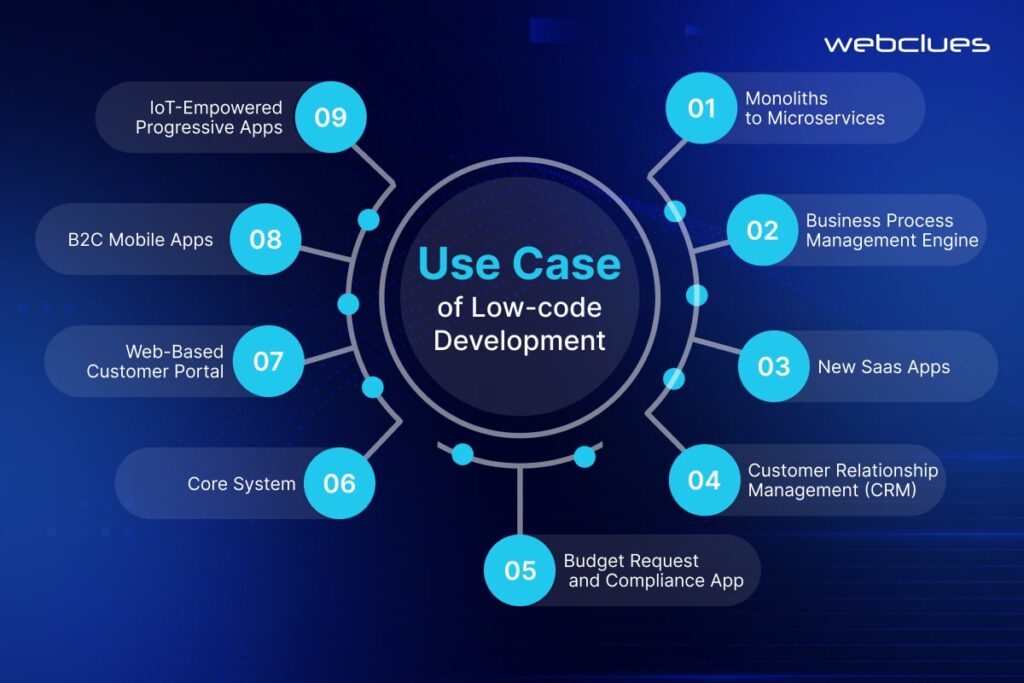
The flexibility of no-code chatbot development means it can serve a wide range of purposes across industries.
- Customer Support: Automating FAQs, resolving complaints, escalating issues to human agents when needed.
- E-commerce Sales: Guiding users through product catalogs, providing personalized recommendations, processing orders, and tracking deliveries.
- Lead Generation: Qualifying prospects through intelligent conversation flows and automatically updating CRM systems.
- Event Management: Handling registrations, sending reminders, and answering attendee queries before, during, and after events.
- Internal HR Assistance: Assisting employees with onboarding, leave applications, and company policy queries.
Regardless of industry or size, the ability to build chatbots without coding levels the playing field, enabling companies to deliver superior customer and employee experiences with minimal investment.
Challenges to Watch Out For When Using Low-Code Automation
While low-code automation offers tremendous advantages, businesses must also be aware of its limitations to get the best results.
First, template-based solutions, while convenient, can sometimes lead to generic conversations if not customized properly. It’s essential to invest time in customizing the chatbot’s tone, language, and responses to align with your brand’s voice.
For instance, platforms like Chatfuel offers ready-made templates to get started quickly but if teams rely solely on defaults without tweaking flows or language, the chatbot can feel robotic and impersonal.

Second, while integration options are often broad, complex enterprise-level integrations may still require some technical support. In such cases, choosing a platform that allows light coding customization alongside no-code development can offer the best of both worlds.
Finally, organizations must regularly update their bots. A chatbot that doesn’t evolve with customer behavior or product updates can quickly become a liability rather than an asset. Regular monitoring, feedback collection, and iteration are critical.
The Future of Chatbot Development
Looking ahead, low-code chatbot builder platforms are expected to become even more powerful. With AI capabilities becoming increasingly democratized, future bots will not only handle scripted conversations but also evolve independently through machine learning.
We’ll see no-code chatbot development integrate more deeply with predictive analytics, real-time personalization engines, and voice-based interactions.
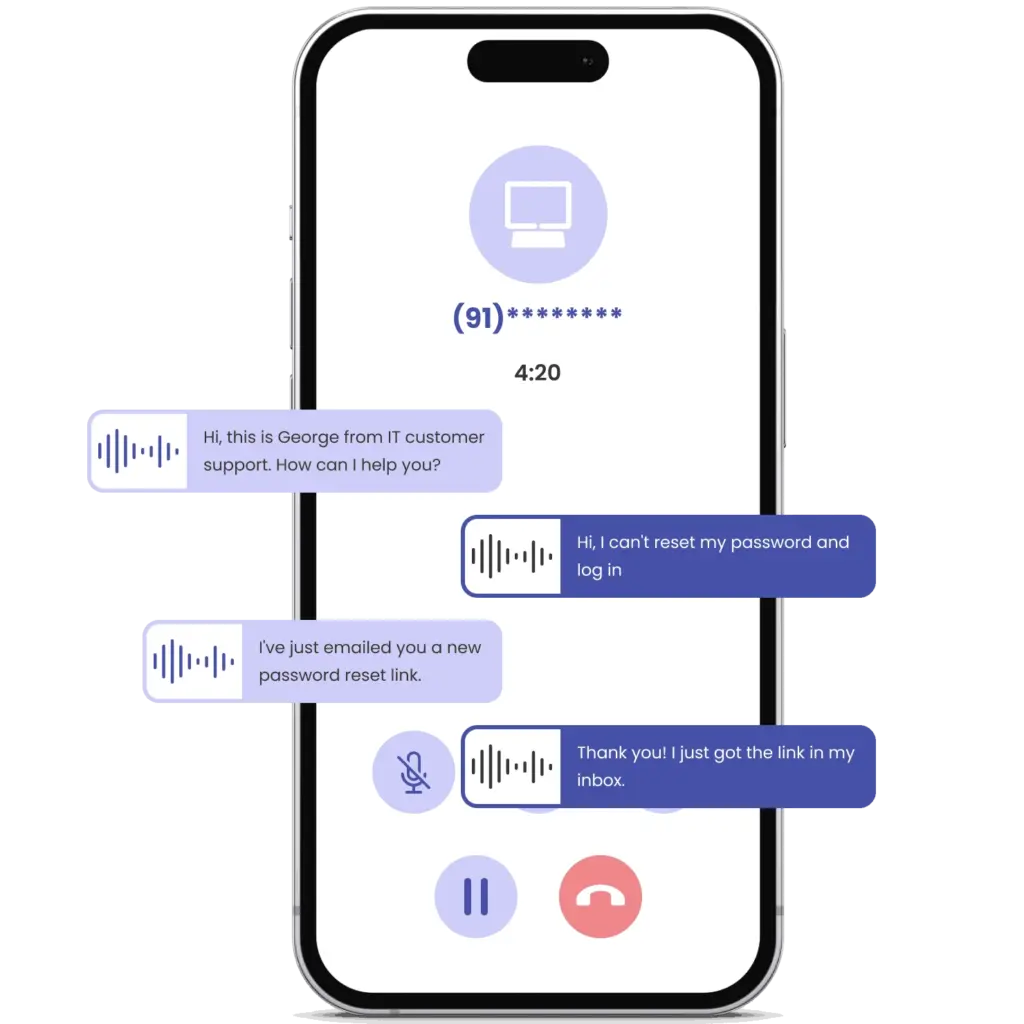
Chatbots will move beyond basic decision trees into dynamic conversational flows that adapt based on real-time user signals and preferences.
Moreover, as the demand for connected customer experiences grows, the ability to build chatbots no code will be pivotal for businesses aiming to scale their operations quickly and cost-effectively.
At Technocore Logic, we help businesses leverage the full potential of low-code automation, ensuring they can launch smart, reliable, and brand-consistent chatbots without needing a full development team. Whether you’re looking to optimize customer service, drive sales, or automate internal processes, our team ensures that no technical barrier stands in your way.
Democratizing Chatbot Development with Low-Code
Low-code chatbot platforms have changed the game. What once demanded coding skills and hefty budgets is now within reach for anyone with a business idea and a goal.
By adopting no-code and low-code tools, businesses give their teams the power to move faster, test ideas, and build engaging conversations without waiting on developers.
If creating a chatbot felt out of reach before, 2025 is the time to try. With Technocore Logic and a clear plan, you can build powerful chatbots without touching a single line of code, and build interactions that actually resonate with your audience.

